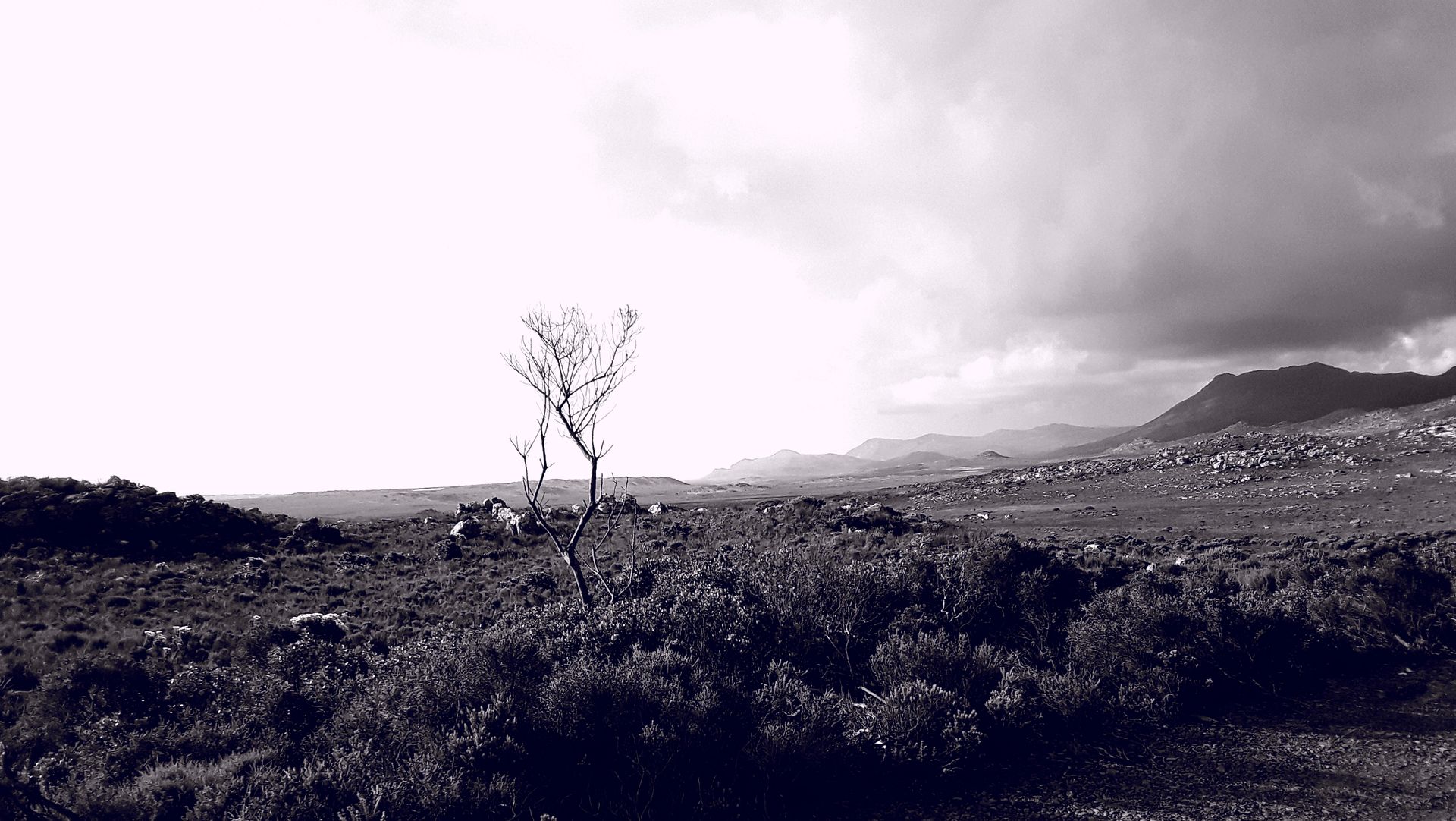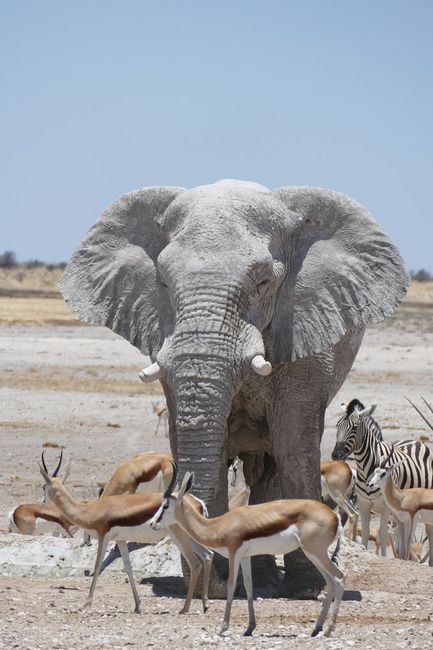
mit-dem-dubs-zu-neuen-ufern
vakantio.de/mit-dem-dubs-zu-neuen-ufern
From Cape to KwaZulu-Natal
Publikováno: 25.11.2018
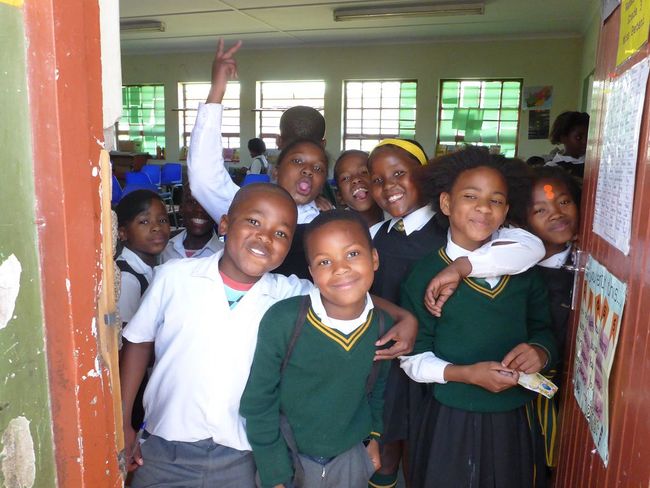
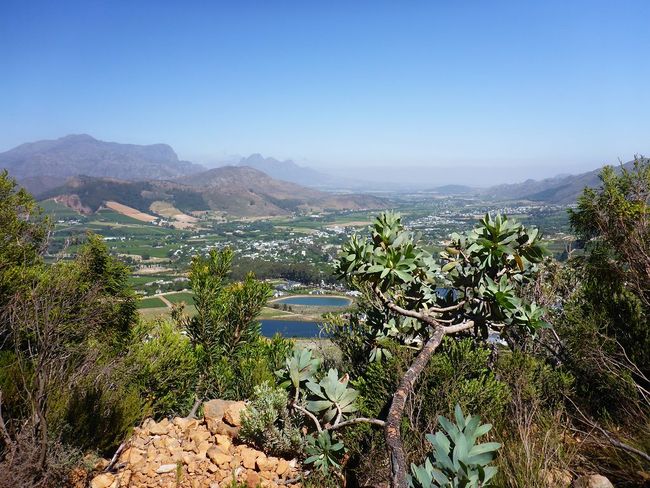
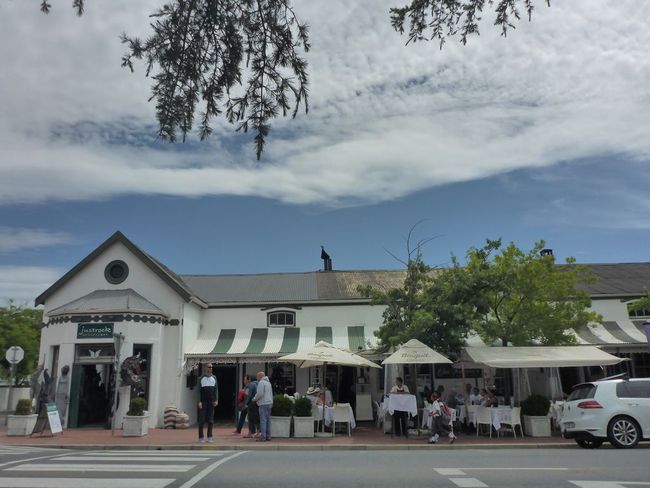
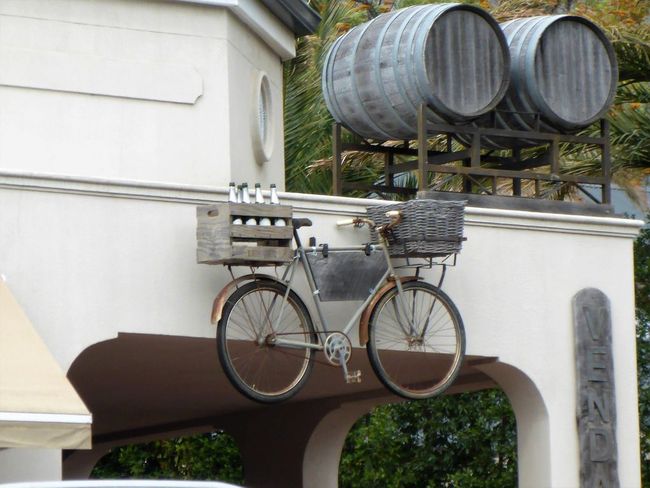
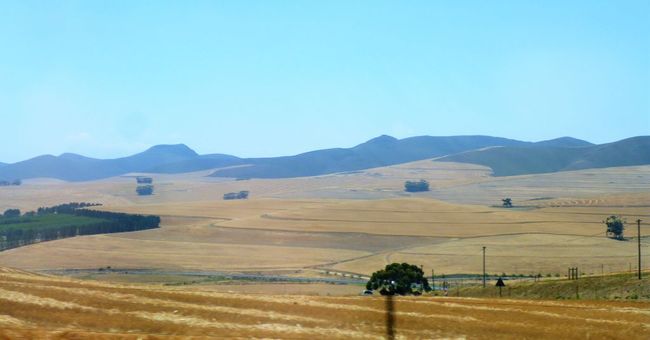
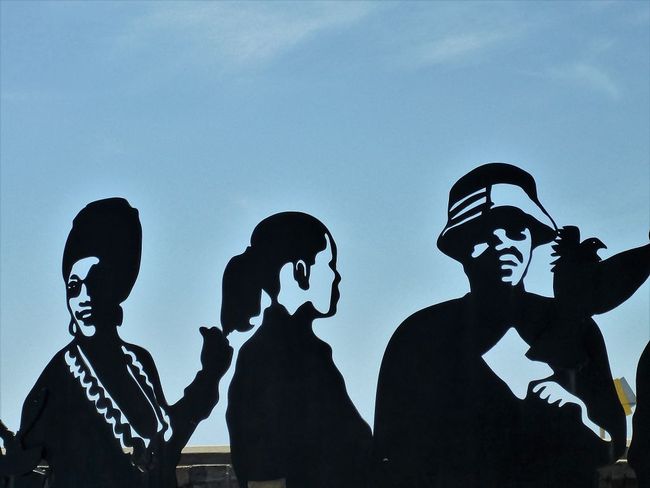
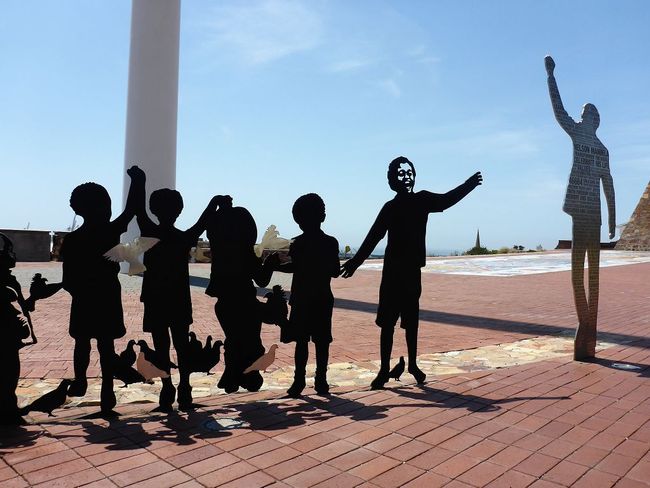
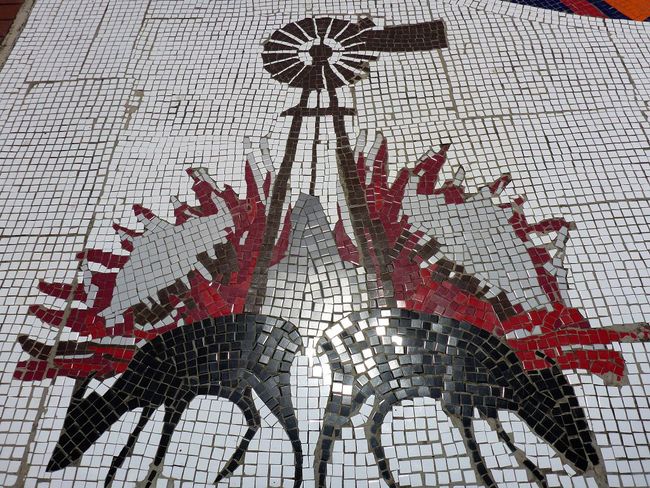
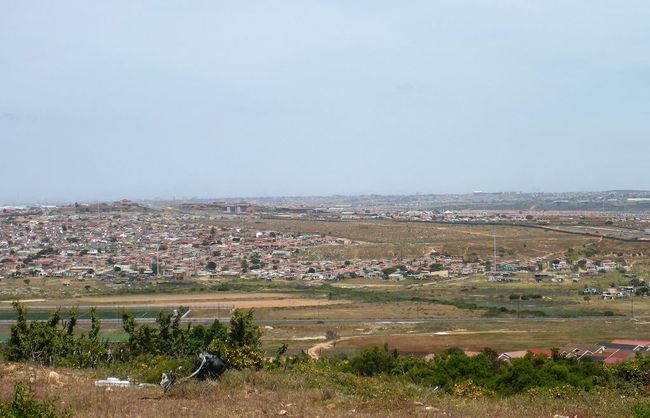
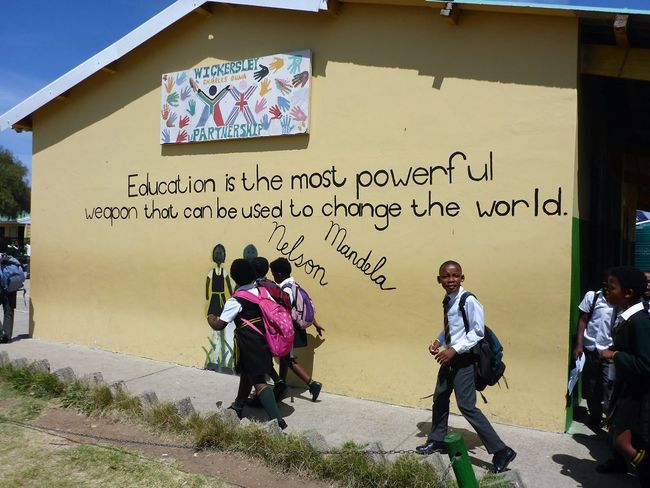
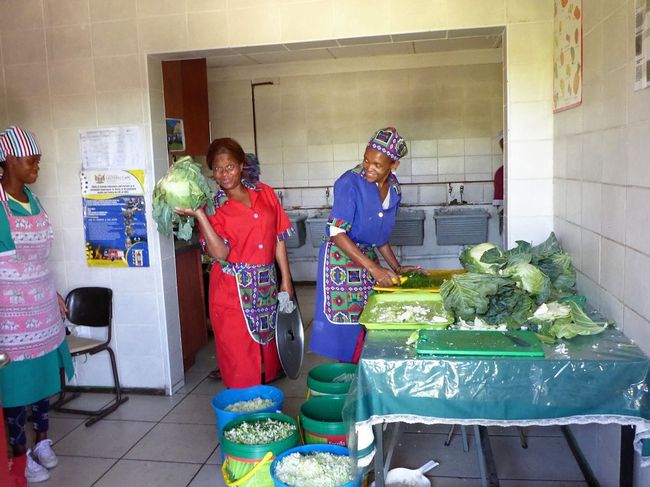
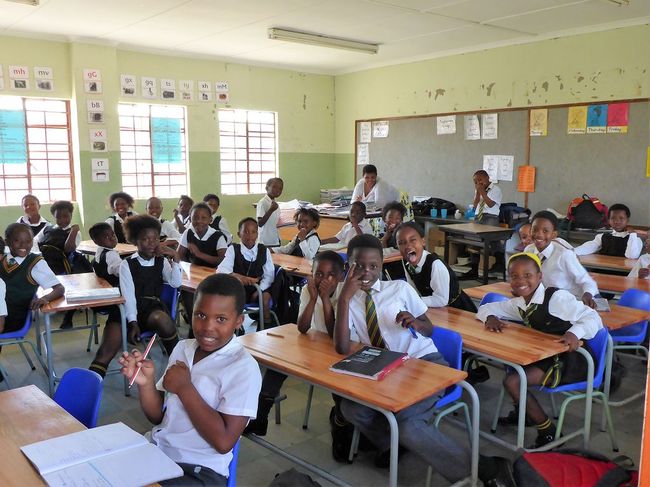
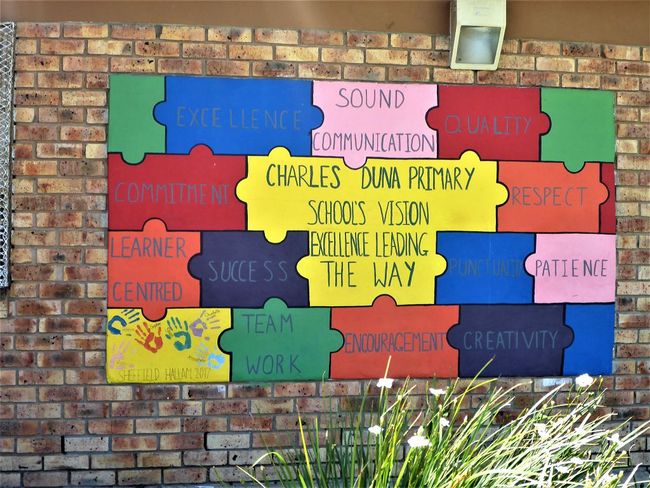
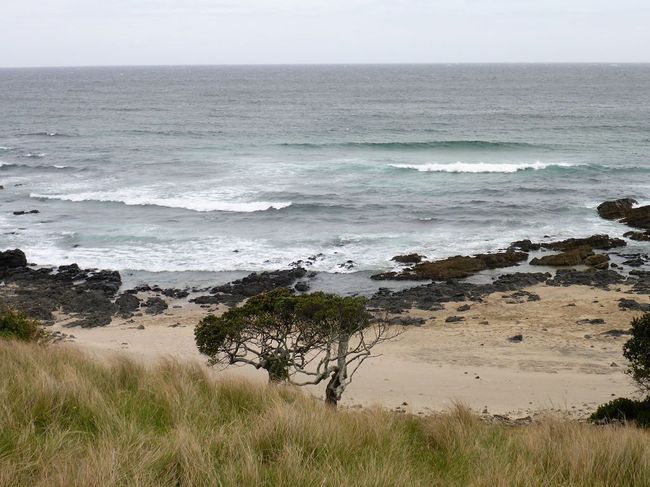
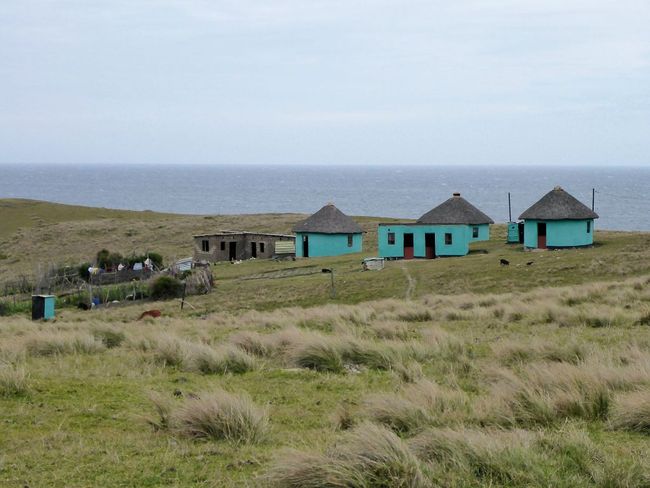
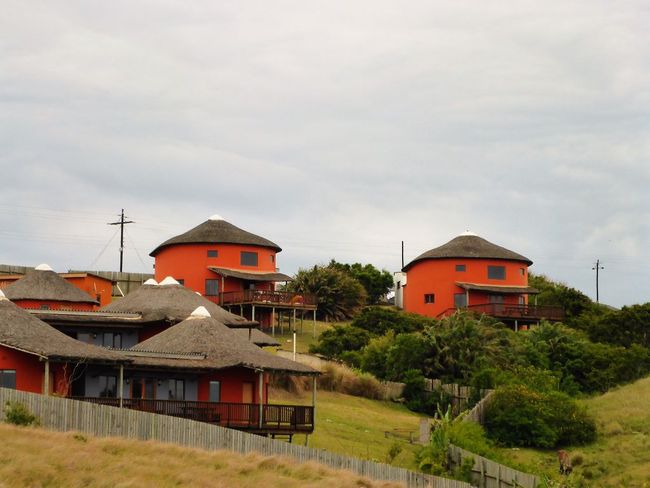
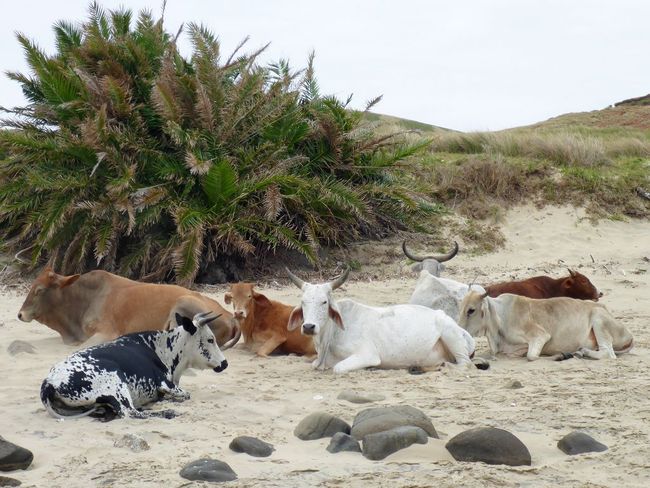
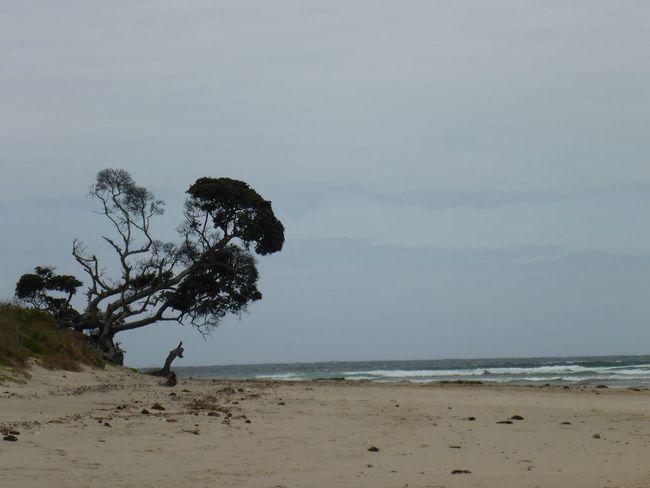
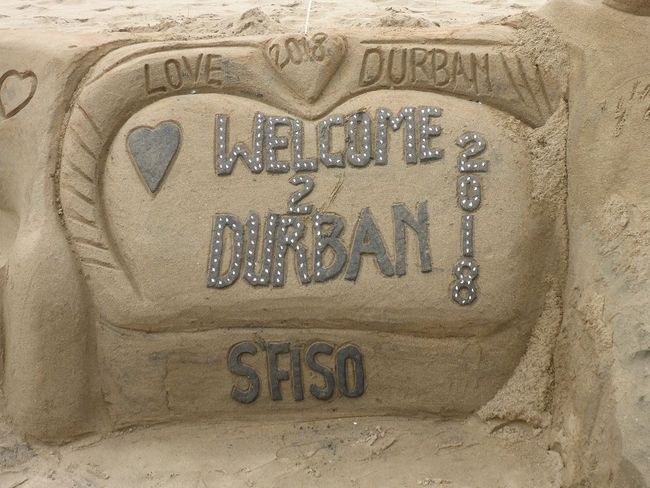
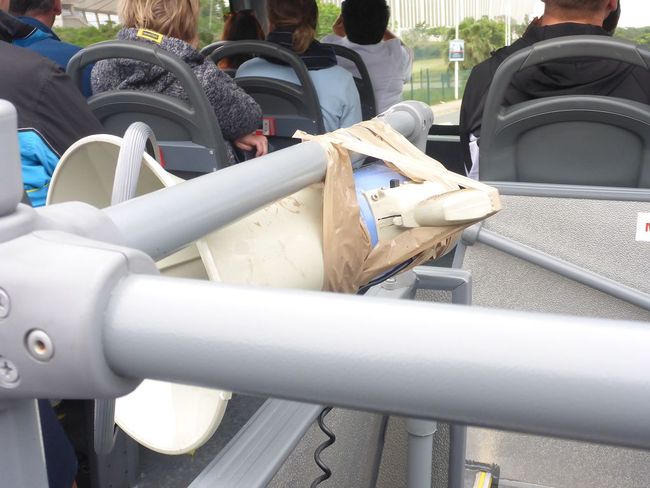
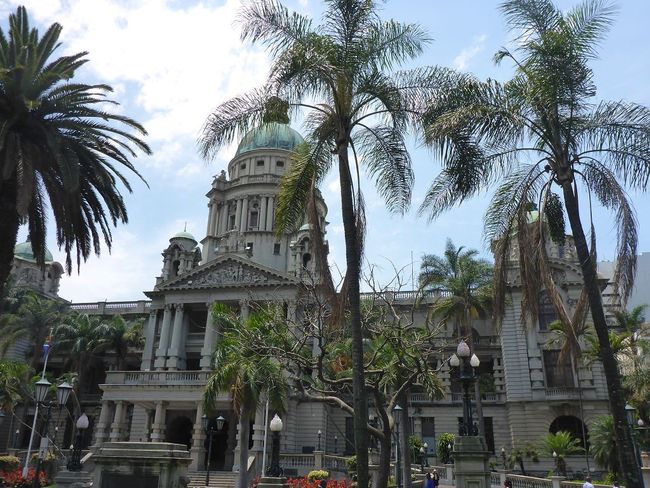
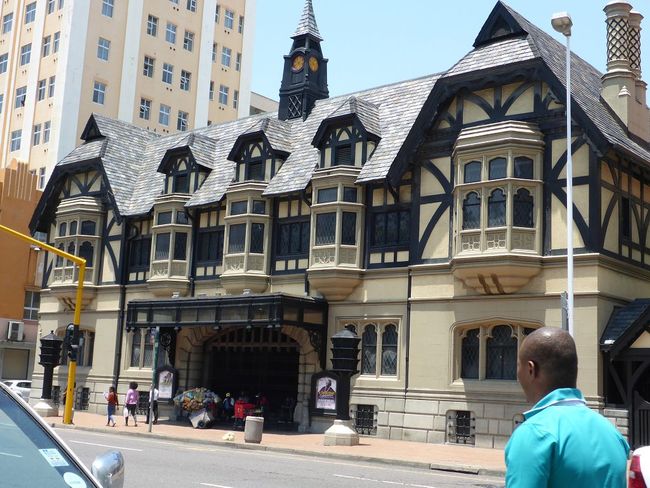
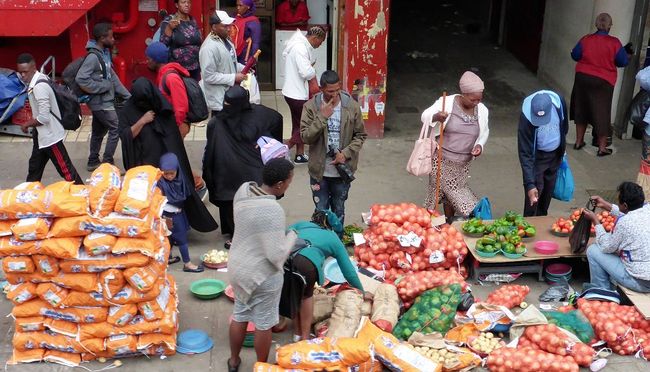
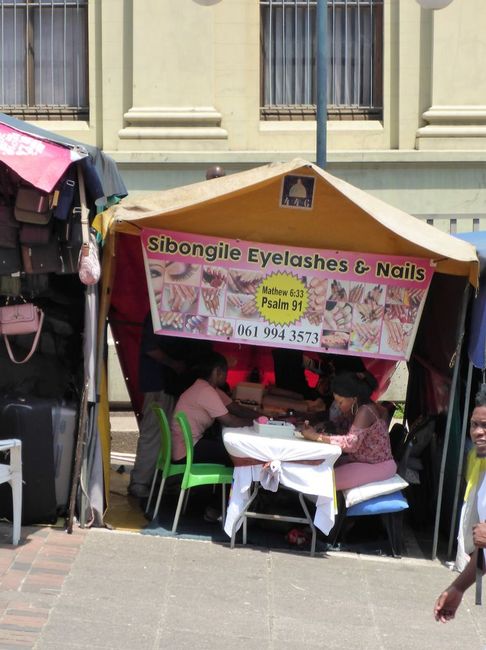
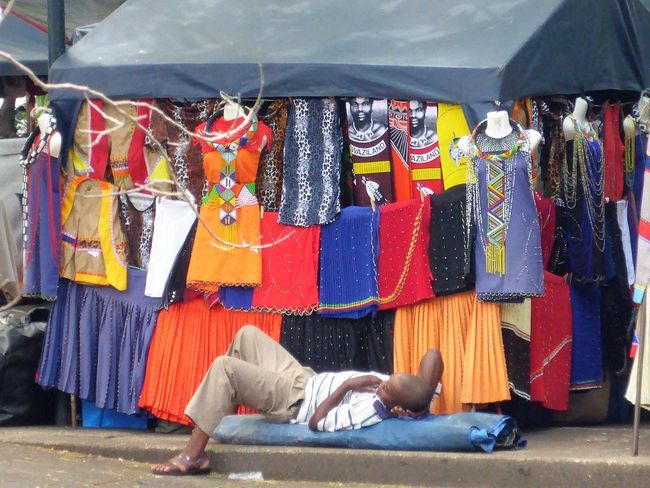
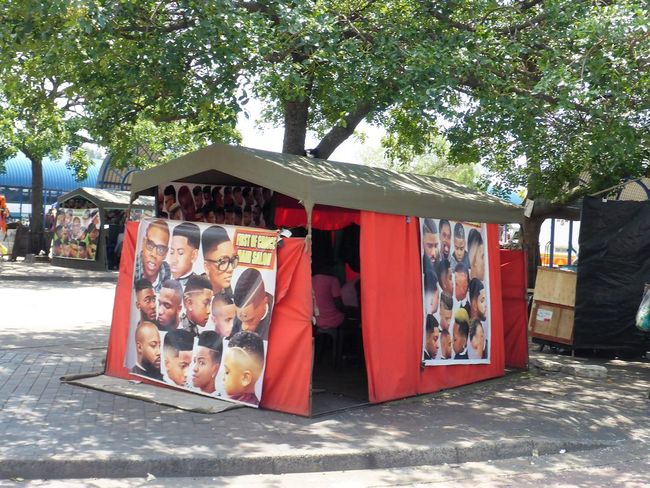
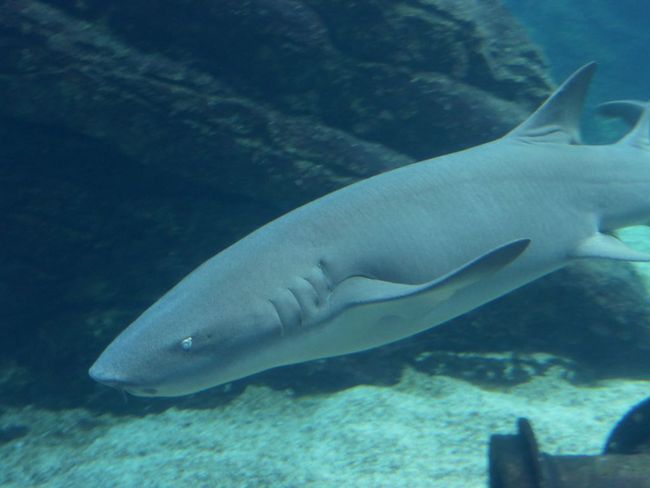
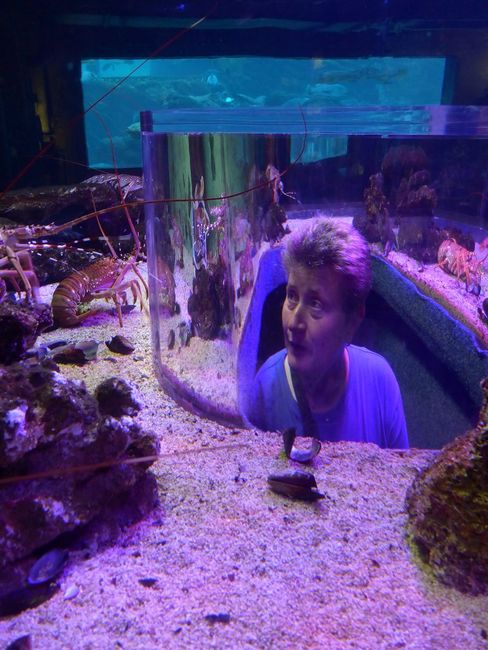
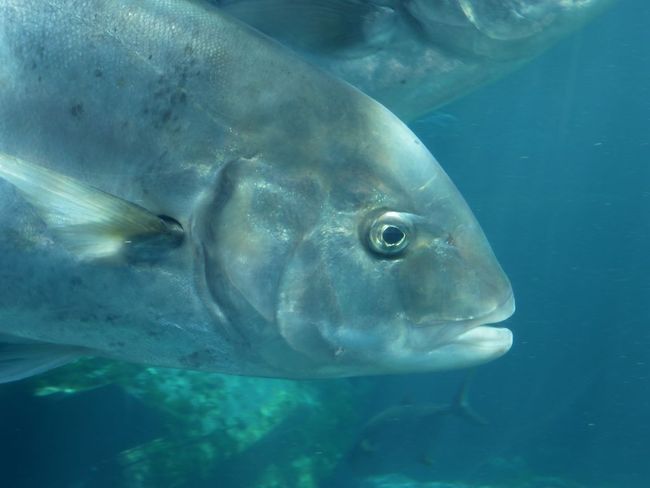
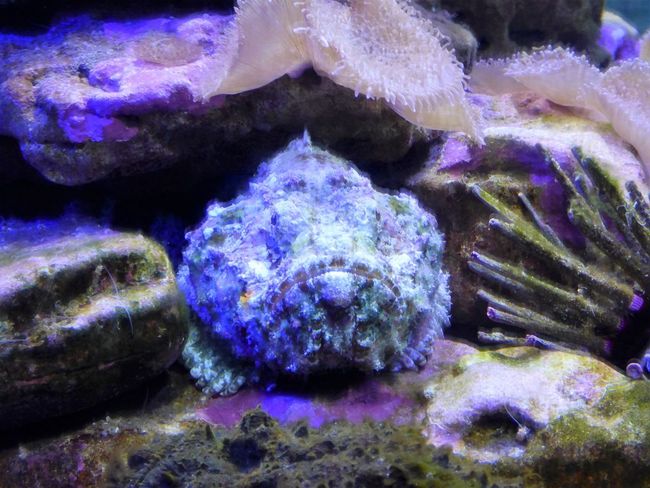
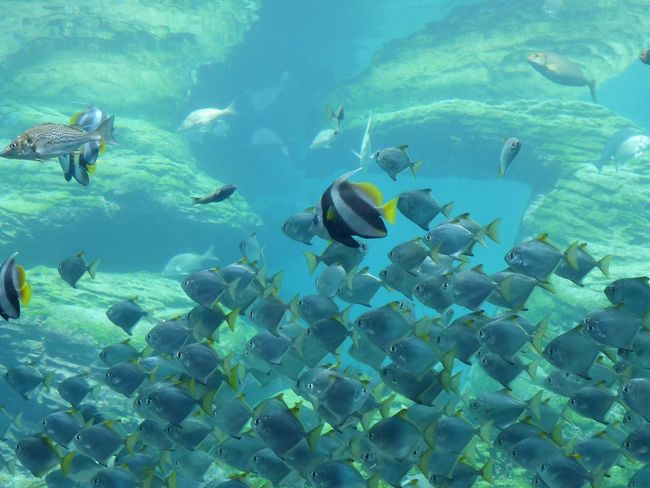
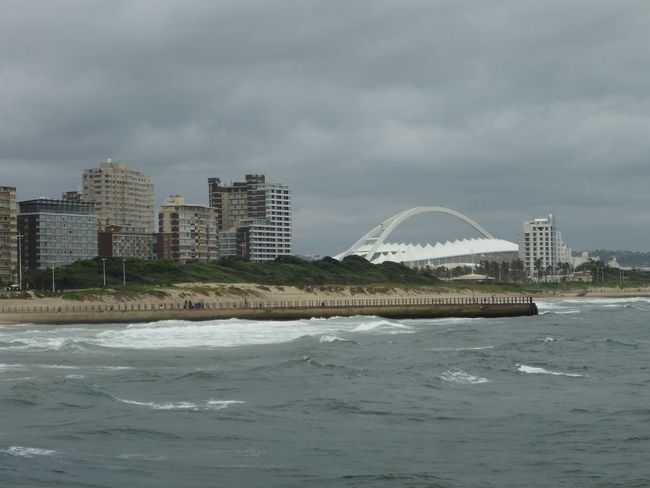
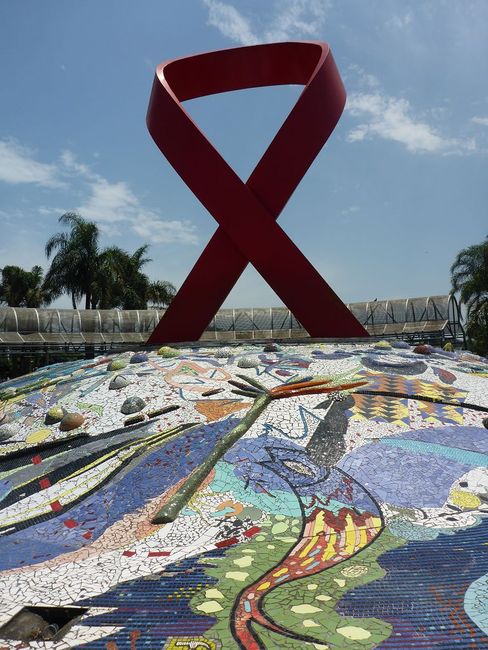
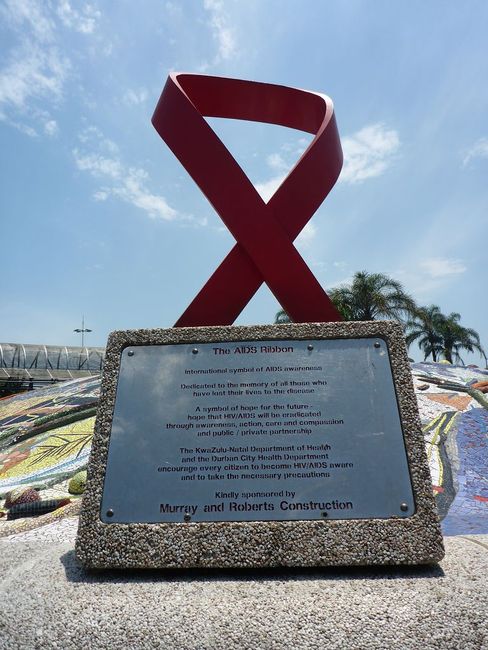
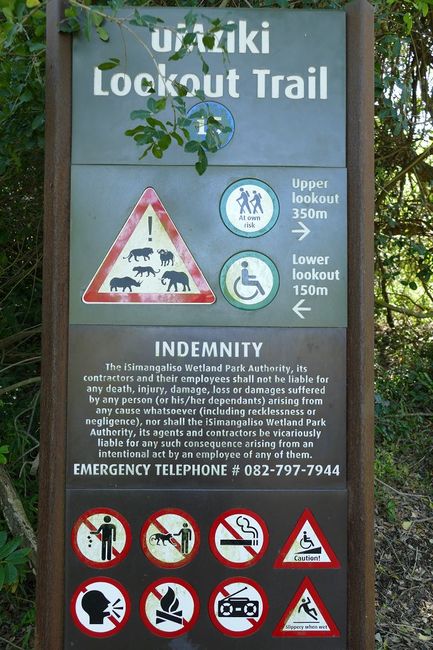
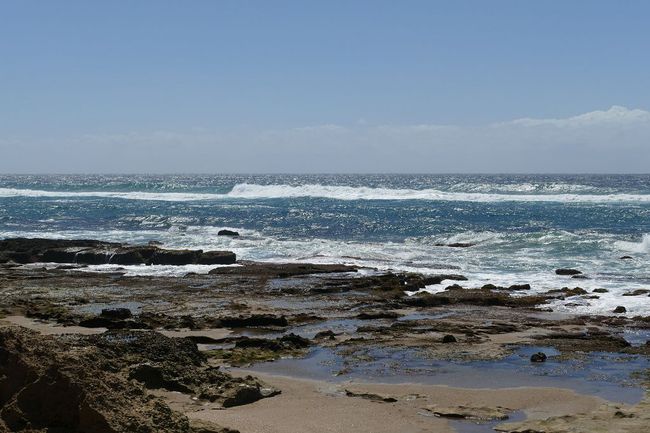
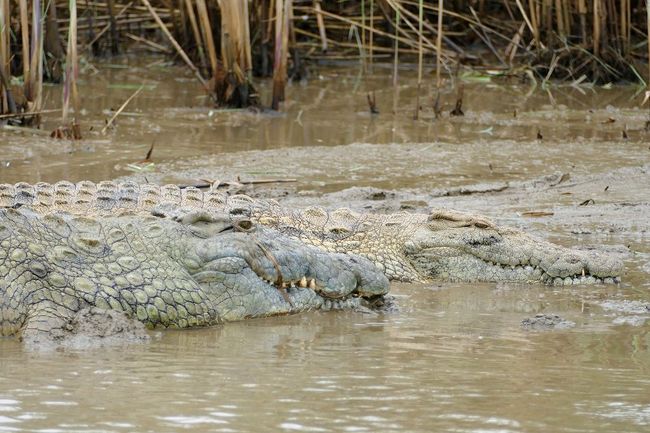
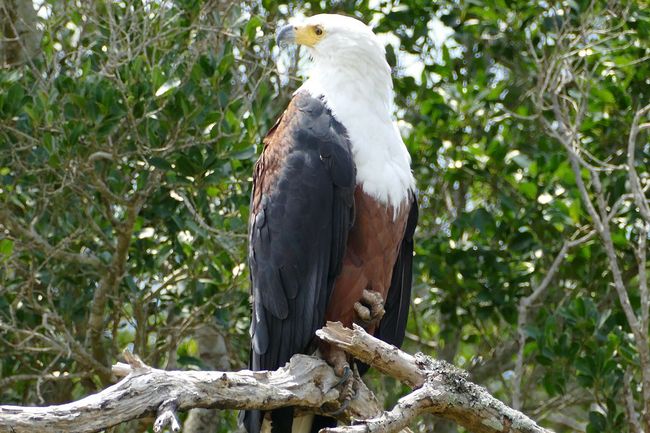
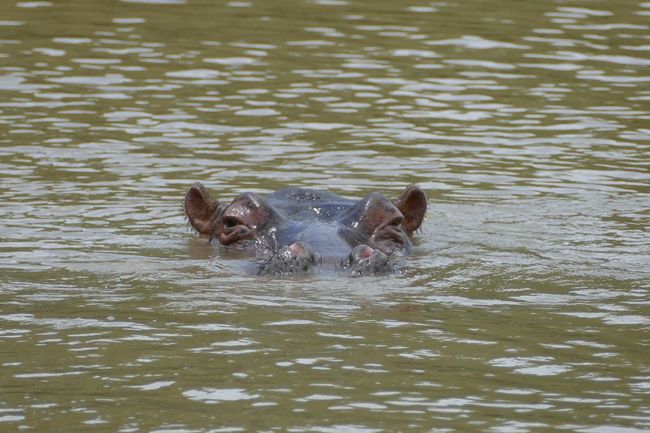
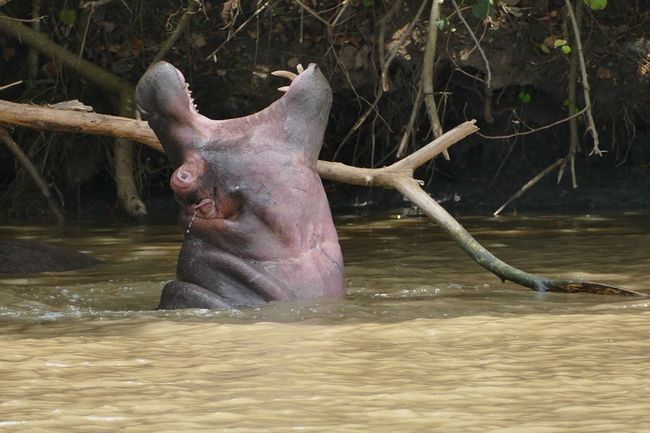
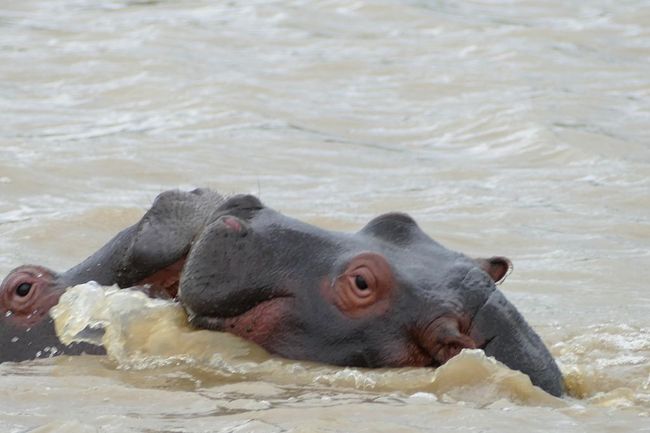
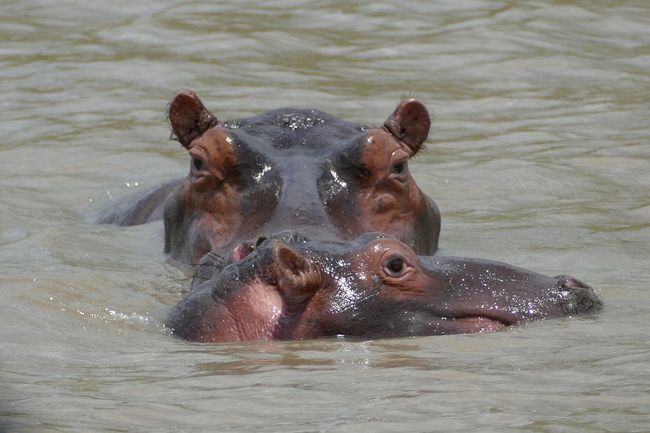
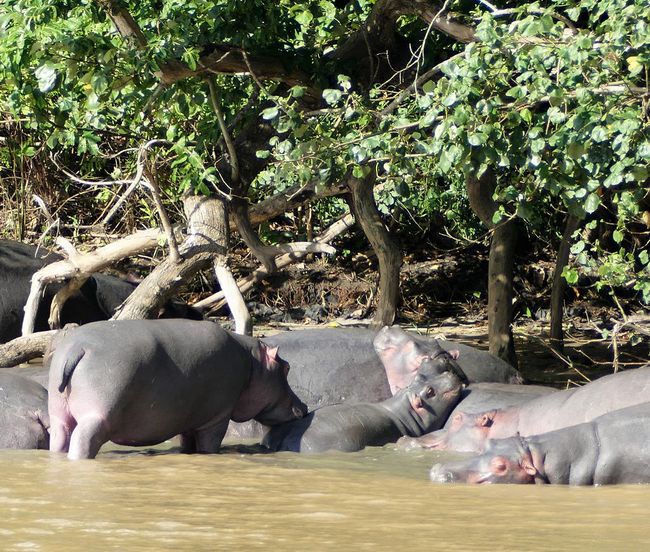
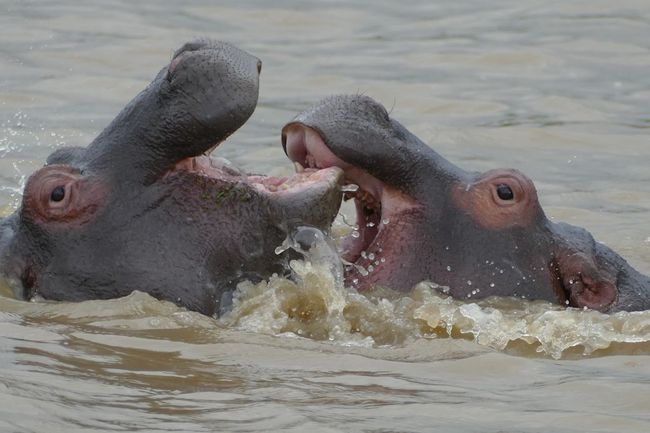
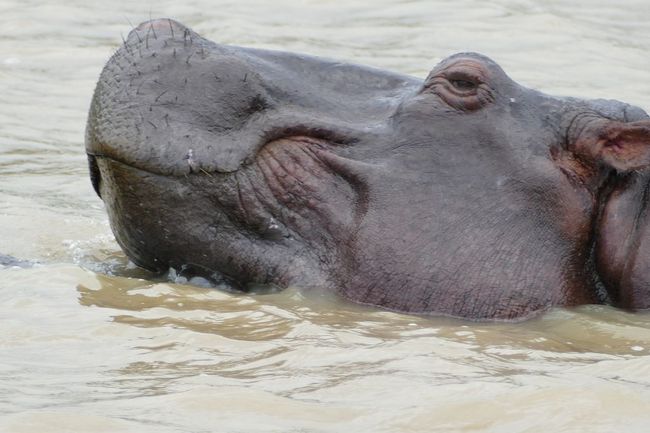
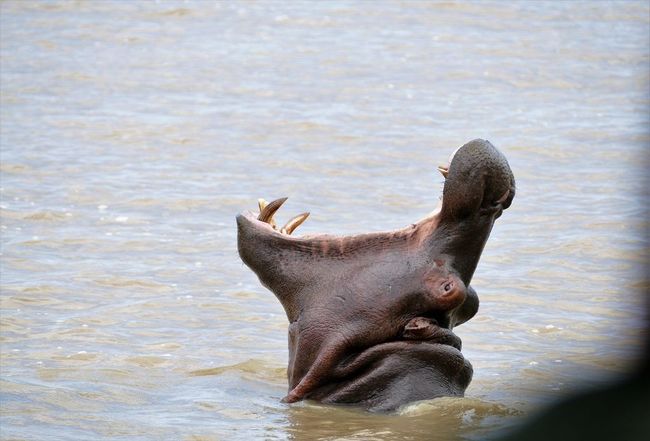
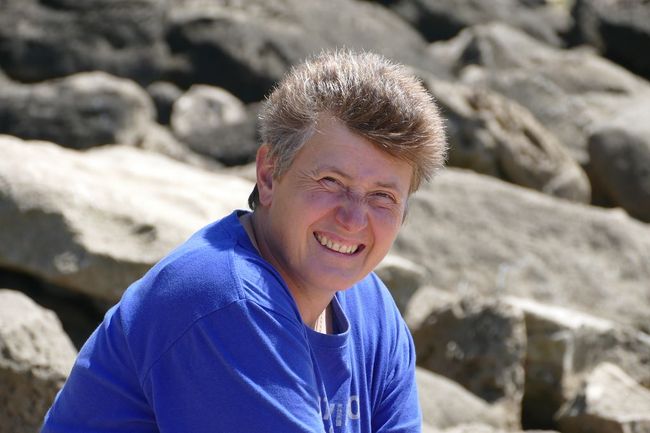
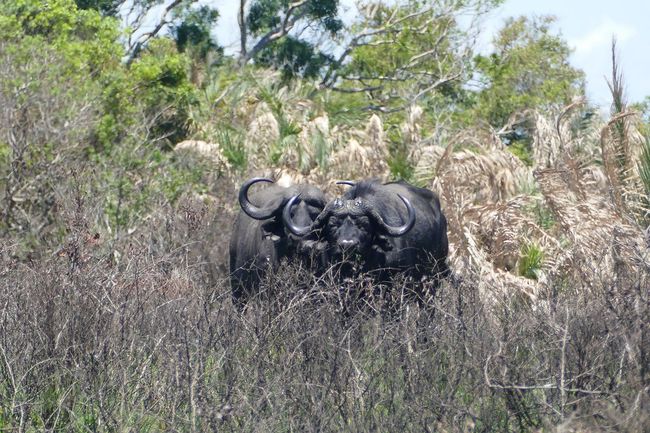
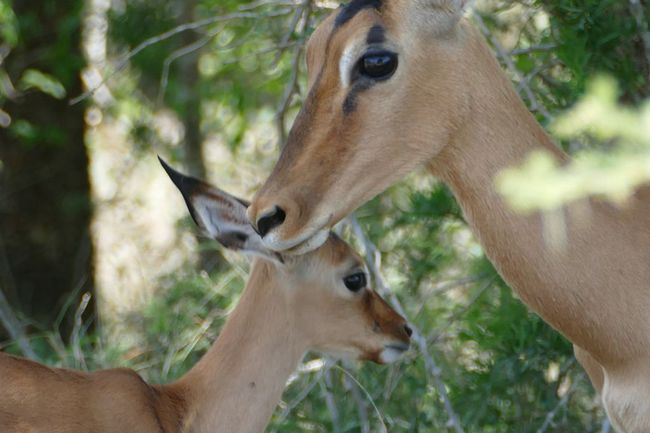
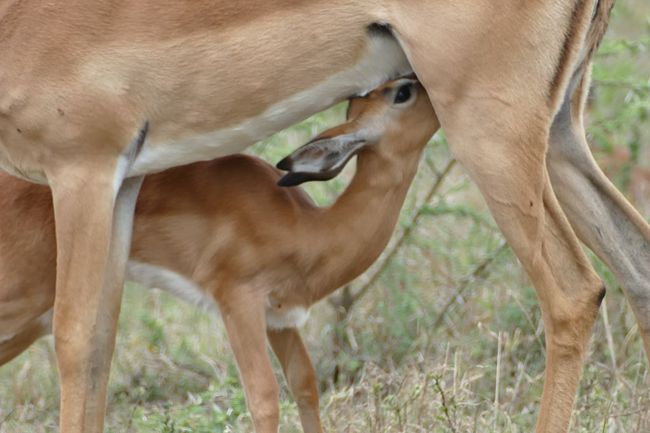
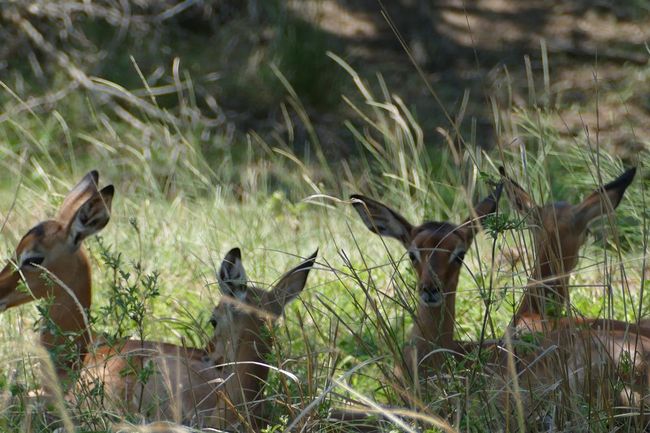
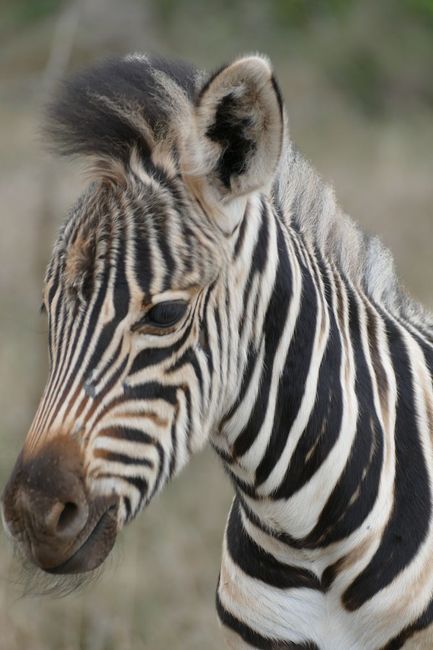
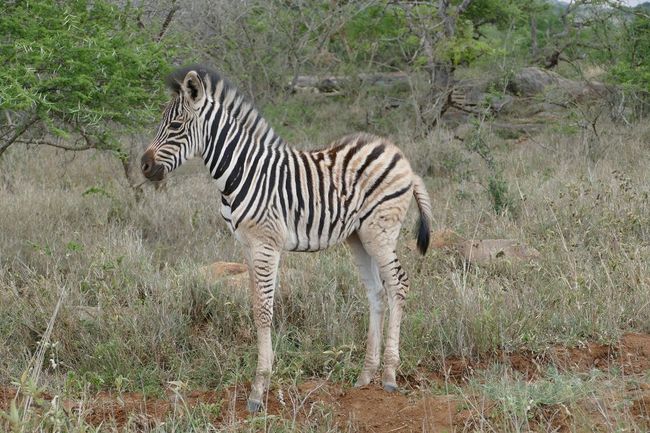
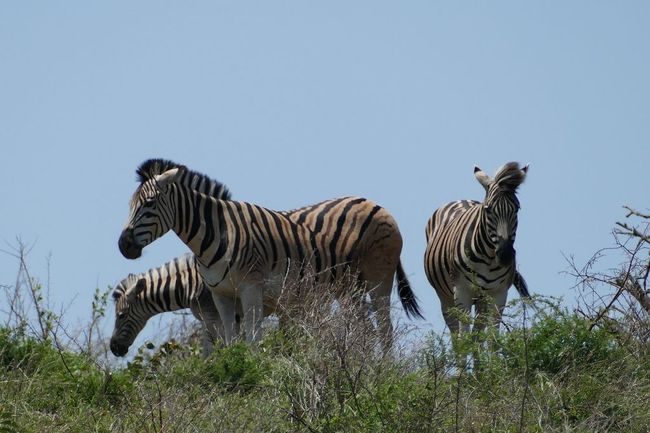
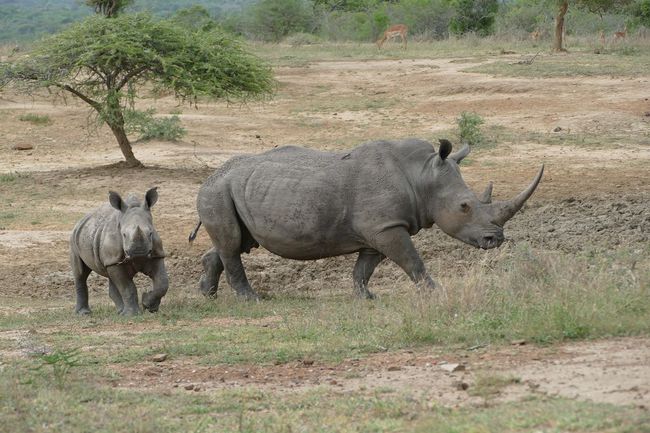
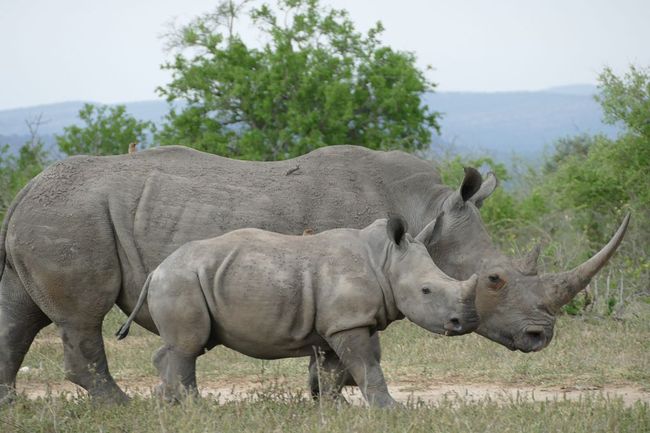
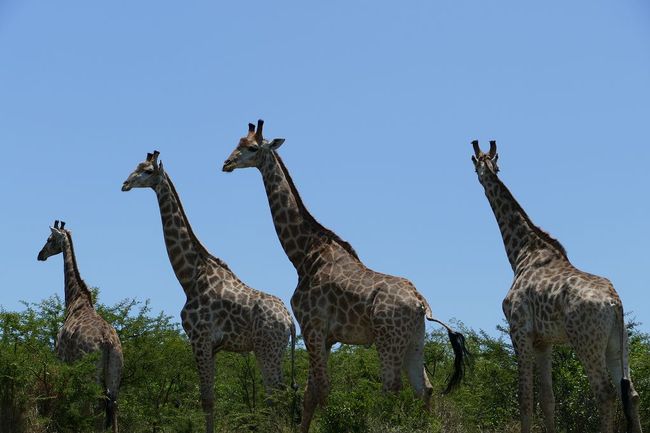
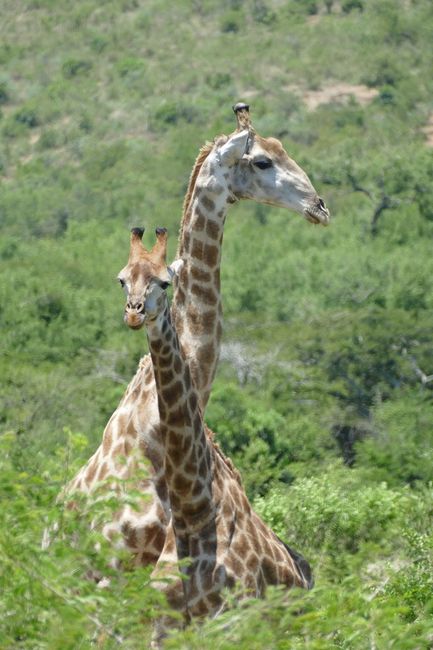
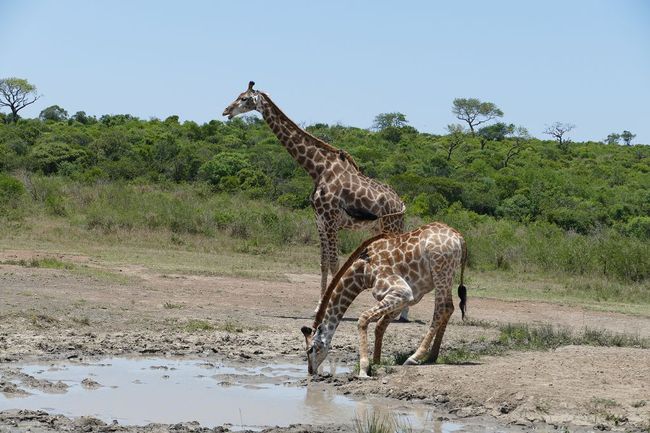
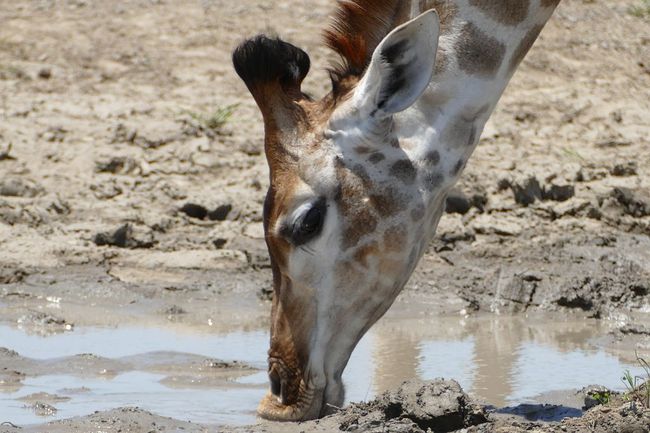
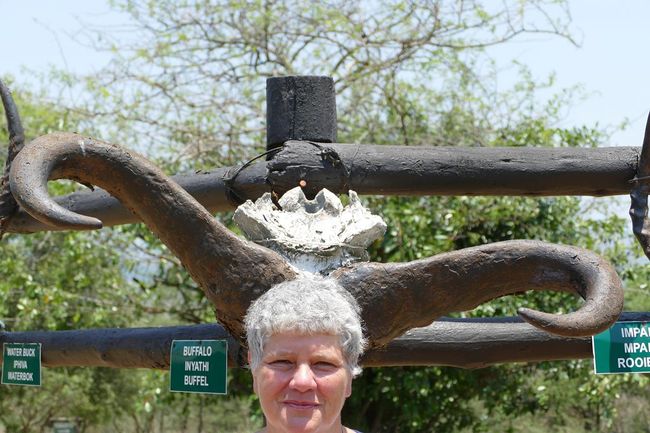
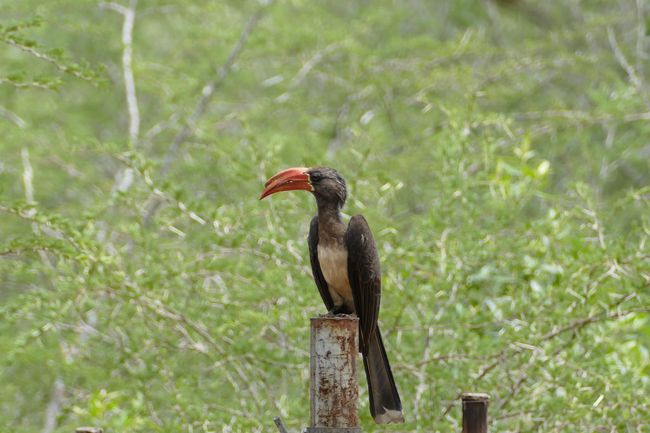
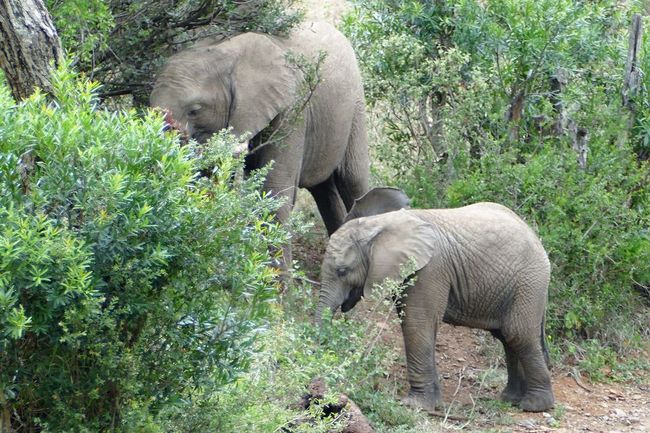
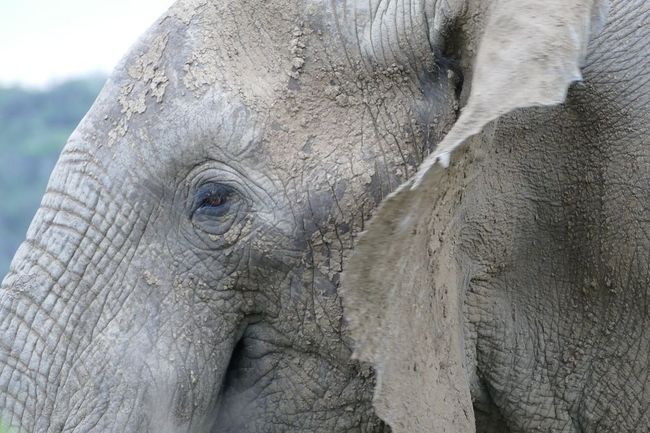
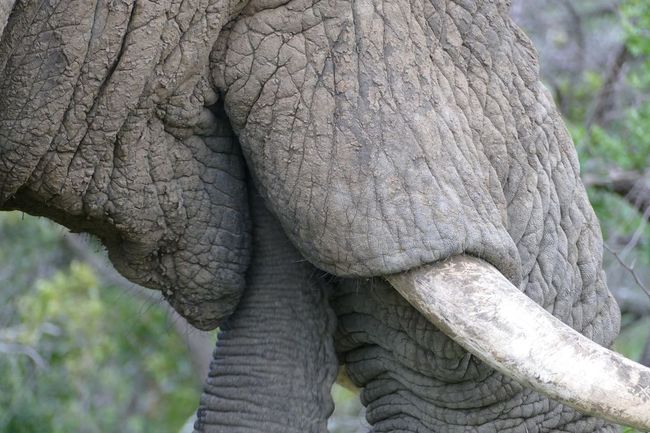
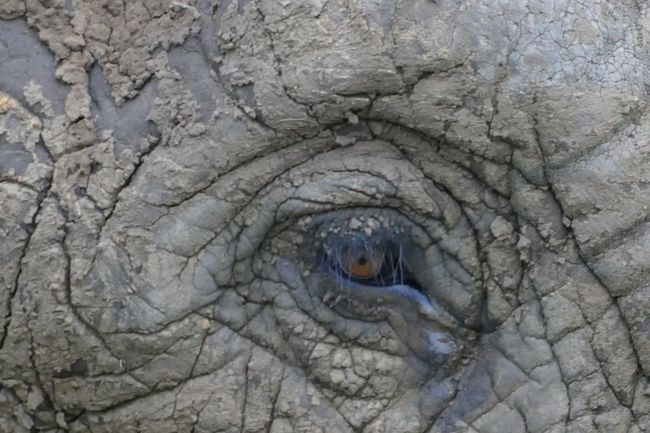
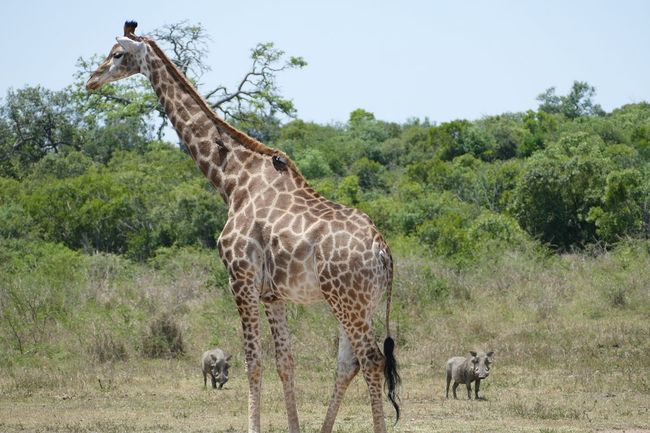
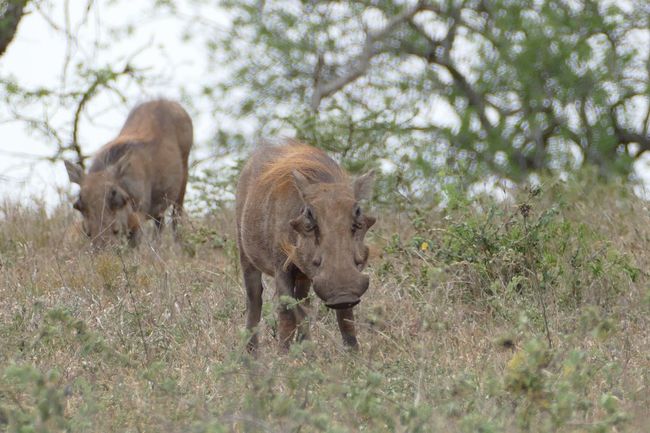
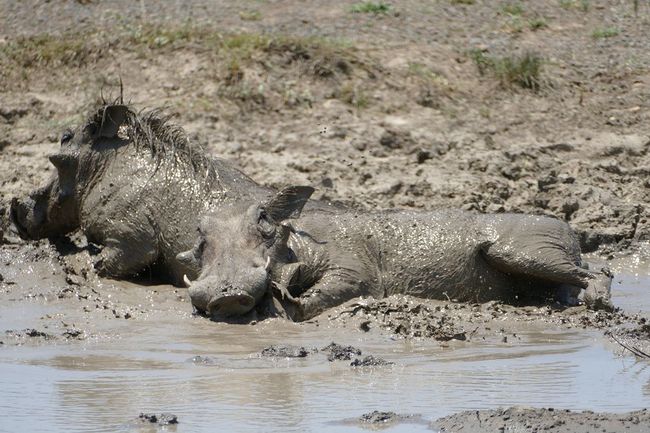
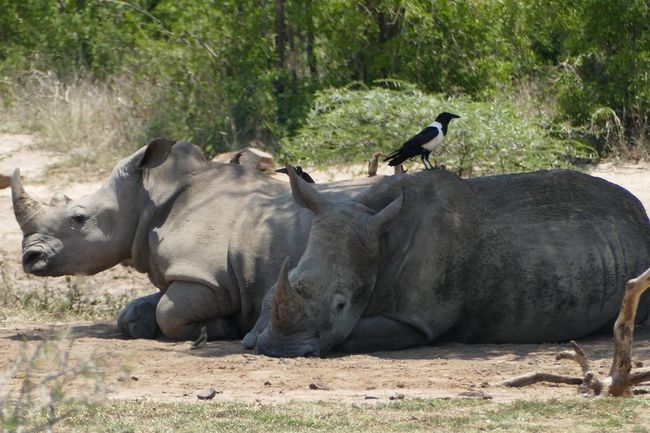
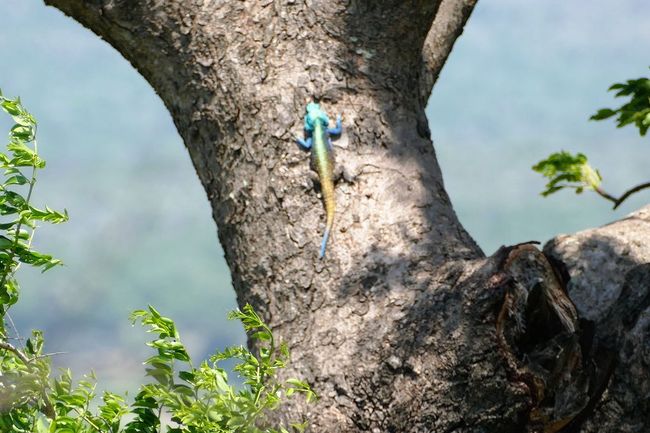
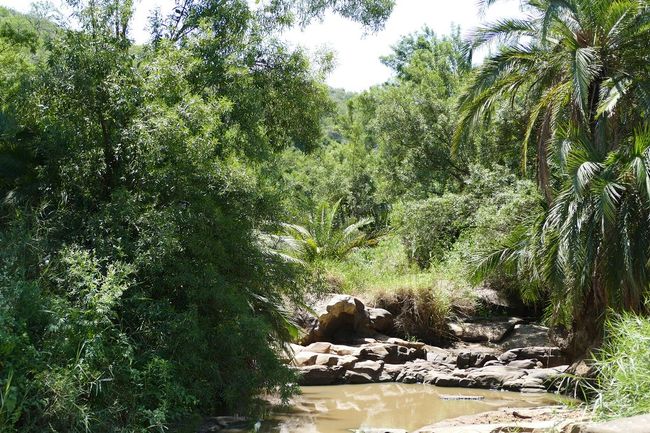
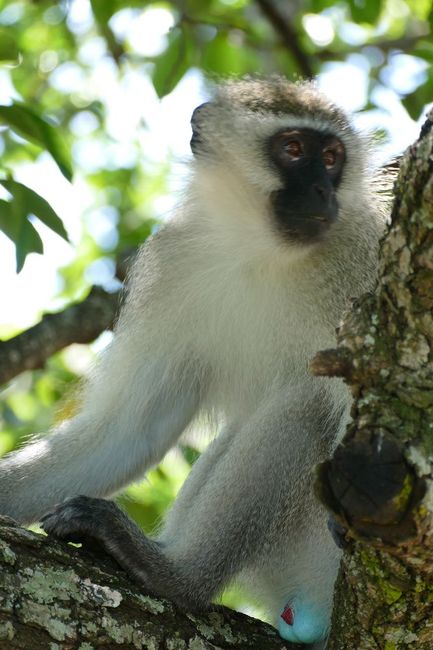
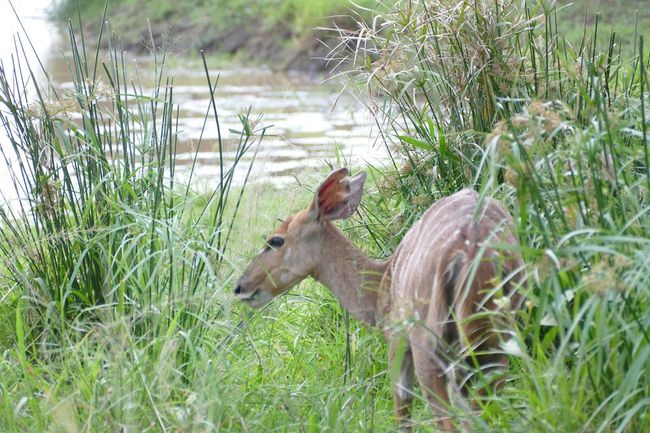
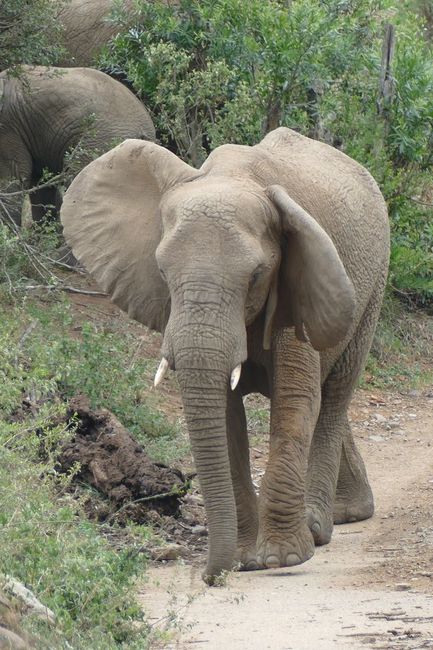
Odebírat novinky
Back in South Africa, we take a 'delight break' in Franschhoek, one of the famous towns in the South African wine region. We have a nice little apartment with a balcony just outside, but still within walking distance to the center. We enjoy the fact that it is so safe here that we can leave the car behind and stroll through the town all day. The places here in the wine region are all beautiful. Lots of cozy Cape Dutch architecture and the whole tourist program with nice cafes, many small shops and galleries, good restaurants. We stroll along the main street and then discover that there are currently art exhibitions taking place in more than 20 locations throughout the city center. We get a map and embark on a 'culture tour' of the small town. So much art and commerce feels really good after so much flora, fauna, and landscape. And of course, we also try various wines, leisurely enjoying a delicious meal. Our favorite of the evening is definitely a Pinotage.
We are now craving for a city and looking forward to our next destination, Port Elizabeth. Here, there is the country's third-largest port, great beaches, and an important site of the Anti-Apartheid movement. We definitely want to see the Walk 67, 67 artworks in the city center and especially in the Donkin Reserve, which commemorate Nelson Mandela's struggle against apartheid and the first free elections in 1994. But when reading the travel guide, we have doubts about whether it is such a good idea. The city is described as dangerous, and solo outings are warned against. Even the landlady of our apartment strongly warns against it, and after driving through the city and seeing how houses here are secured with high walls, grilles, barbed wire, and electric fences, we give up on our plan. Here in P.E., we become aware of how deep the divide between black and white is, how volatile the social and political situation still is or already is again. We book a guided tour with a provider that focuses on fair tourism. The tour takes us to the tourist highlights but also through a township, to a craft market, and to an elementary school. Half of the contribution goes to projects in the township. Our guide is a dark-skinned man, born and raised in the township. Besides us, there are only two other guests, father and son from Hamburg. The tourist highlights are quickly done: an old fort, a few pretty Victorian buildings, a large mosaic, and a sculpture commemorating the long queues at the polling stations in 1994. During the drive through the vast outskirts and various townships, we learn a lot about life there. About the Apartheid government's attempt to divide the black population and thus better control it by consolidating the different tribes in separate homelands and townships. About the buffer zones between the individual areas, so that they would not get too close to each other, about resistance, struggle, prisons, and torture chambers where, among others, Steve Biko was tortured to death. About Nelson Mandela's '1,000,000 houses program', a small house, no more than 30 square meters, for each family to alleviate the worst housing shortage. We learn that there is also a middle and upper class in the township, that even doctors and lawyers do not move to the white neighborhoods but stay in their township. We see their chic, large houses, which are also fenced off like high-security prisons. We see and hear that a large number of people still live in wooden huts without electricity, without toilets, without water, waiting for their 'Mandela house'. We visit a large museum, a public library, an art studio, built with Swedish donations and never opened because the residents of the huts, angered that they still have not been built the promised houses and instead these buildings were erected, forcefully prevented the opening. Now the buildings are decaying amidst the board slums. The whole environment is so bleak but also so threatening that we are glad to soon arrive at the elementary school, which is led by a resolute principal with a lot of commitment and dedication. More than 1,000 children from first to seventh grade are taught here, 40 children in each class. Since breakfast is served in the morning, the children come on time, and the free lunch also encourages regular attendance. During the week, the children clean their classrooms themselves, and the principal ensures that the boys also do their part. On weekends, the parents clean thoroughly, mothers help in the kitchen daily and prepare lunch. Money is tight, the materials provided by the government are insufficient, and many things in the buildings are dilapidated. Coca Cola has sponsored water pipes, so the school now has running water again. Education is the only way out of poverty and towards democracy, says the principal. And she particularly cares about the girls, who in Africa are the ones who keep everything running and think about the future.
We leave Port Elizabeth and spend 2 days on the Wild Coast. A tiny eco-lodge, self-catering, only a few hours of electricity a day, waste separation, and many upcycled furnishings (what a 'Denglisch'). We are the only guests and enjoy the peace, seclusion, walks on the beach, and through the tiny Xhosa village. Everything is safe here, our host said, like being in a bubble. We feel the atmosphere of PE sticking in our bones, the constant tension, fear, and insecurity. Now it's time to breathe.
Despite our experiences in PE, we still want to visit Durban, but we will only stay in the car and visit the most touristy hotspots. We have booked a small apartment in the Morningside district, and Cornè, our landlady, welcomes us warmly. Here too, in one of Durban's best neighborhoods, the streets consist mainly of high walls, the houses are invisible. On all walls, there is another 1 to 2 meters of electric fence. Nevertheless, all doors and windows are additionally armored, and each house has a contract with a security company. Living like in prison. We want to walk to one of the famous Indian restaurants in the neighborhood, but Corné explains that we cannot walk the few hundred meters after dark. Too dangerous. The Indian place doesn't have a table anyway, and Corné books us a table at her favorite Indian restaurant, which is too far to walk. Corné notices how shocking all of this is for us and spontaneously invites us to a Braai, an African barbecue evening, the next day. What the Argentinian has with his Asado is what the South African has with his Braai. We are very happy, get flowers and a good wine, and enjoy the evening with Corné and her father-in-law over boerewors and pap. We learn a lot about life here, about the corrupt government under Zuma, the massive increase in crime, about heinous crimes of violence, massacres of white farmer families, about white and black political agitators who propagate, incite, and divide violence. But also about the love of South Africans for their country, the desire for Mandela's dream of a Rainbow Nation to come true, the hope in the new president Cyril Ramaphosa.
We try to make our tourist program as safe as possible, walking along the busy beach, taking a city tour (together with a group of African nuns, what could happen there), visiting the central square with the town hall and a tourist market, and spending a nice afternoon at the aquarium. Everything during the day and with secured backpacks. There are few photos, the camera stays in the high-security area at home.
After so much city and excitement, we need something relaxing again and decide to spend the next few days in two national parks. St. Lucia is a perfect base for visiting the wetlands, a huge wetland area known for crocodiles and hippos. And on a river cruise, we see plenty of them.
The Hluhluwe-iMfoloze National Park is as good as the famous Kruger NP, but more beautiful in terms of landscape and also easier to reach. Even though we have already seen everything in the Etosha NP, we spend two days in this park, which is famous above all for its protection of rhinos. And since it is spring here, we see lots of 'bush babies'.
So, this blog is a bit difficult, but it is also difficult for us here. Stunning landscapes, fascinating nature, many encounters with nice people, but also fear, insecurity, and mistrust. But still, the hope that this country will show the world that coexistence in peace and mutual respect is possible.
Odebírat novinky
Odpovědět (1)
Christa
Das ist schon beeindruckend und bedrückend. Von diesen Spannungen (vermutlich sehr gelinge ausgedrückt) bekommt man hier ja nicht so richtig etwas mit. Zugegeben, Südafrika ist auch nicht das, womit man sich täglich beschäftigt, oder was ständig in den Nachrichten ist. Auch wenn Afrkia in Zusammenhang mit Raubkunst behandelt wird, geht es in der Regel nicht um das Leben in Town-Ships. Das mit den gut gesicherten Häusern der weißen aber auch der schwarzen Oberschicht habe ich zwar gekannt, aber man hat ja nur durch Text keine richtige Vorstellung, wie es ist und wie es sich anfühlt. Ich beneide Euch um Eure so sinnlichen Erfahrungen. Passt weiterhin gut auf Euch auf und wagt auch ruhig mal etwas. So netten Ladies passiert (hoffentlich) so schnell nichts. Im übrigen freue ich mich auf eure Rückkehr. Weiterhin gute Erlebnisse beim Endspurt auf der Erlebnisbahn eines Sabbatjahres. Herzlichst Christa